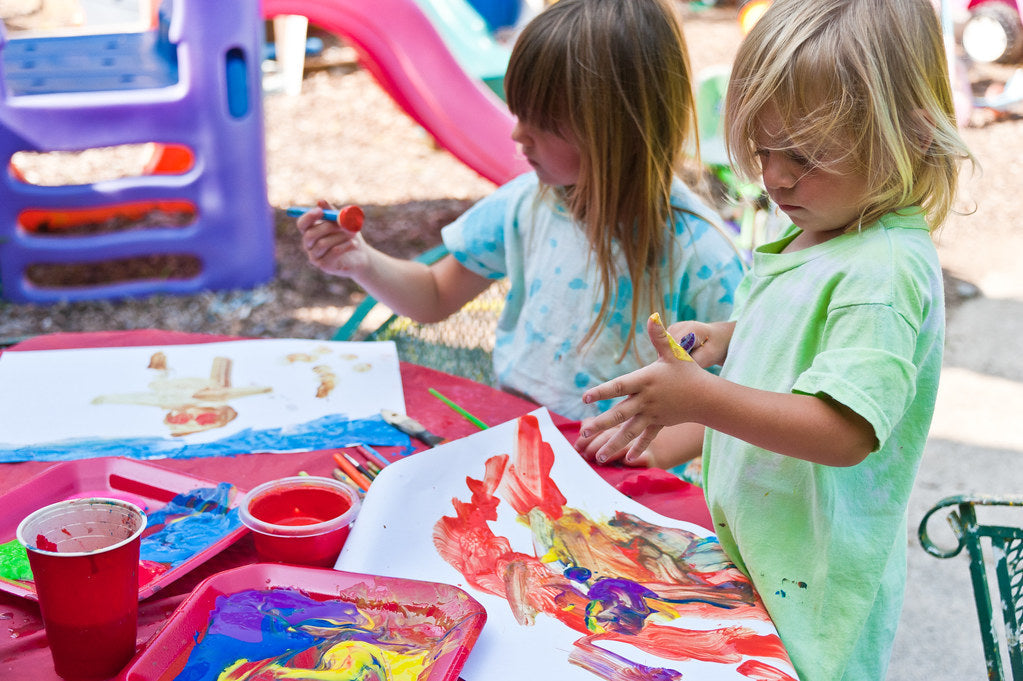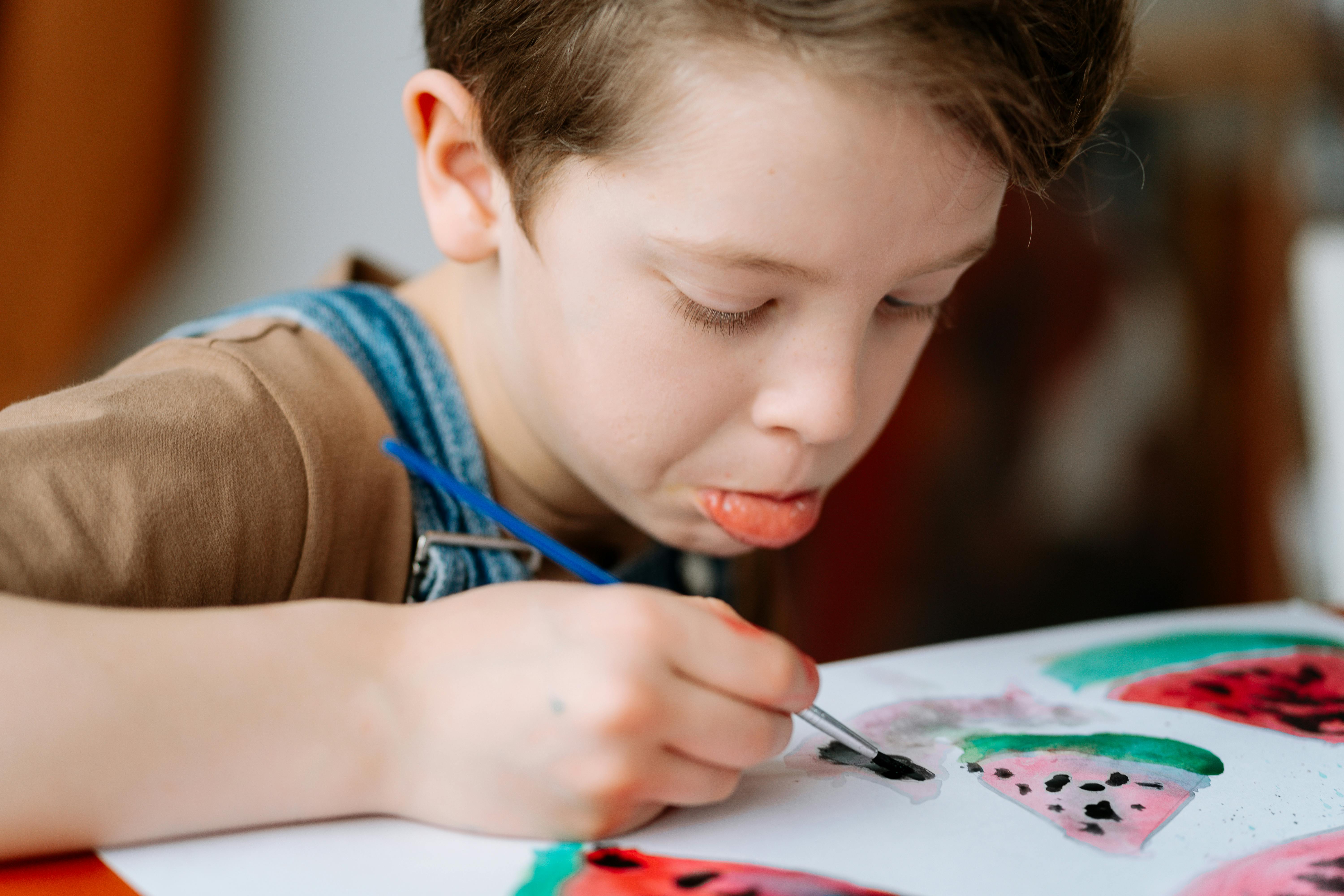
Tips for Avoiding the Summer Slide
May 16, 2022
By Beth Herrild
What IS summer slide?
Have you heard of the summer slide? I’m not talking about a playground slide, but rather a slide downward that kids tend to make in learning during the summer. It is sometimes called summer brain drain, summer setback, or summer learning loss. These names all refer to the phenomena that many children begin the next school year with academic achievement levels lower than they were at the beginning of summer break. A study in American Education Research Journal, following students in grades 1 through 6 over five summers, shows 52% of students lost an average of 39% of their total school year gains during the summer months.
Whether you’re homeschooling or just care deeply about your kids’ education, the summer slide is a real concern! Many kids have even experienced learning loss during the school year this year due to the disruption and trauma of the pandemic, difficulty of remote learning, and all of the peripheral chaos that the pandemic has caused. You may be sick to death of helping your kids with their schoolwork or perhaps the pandemic has energized you to homeschool. You may even be continuing to homeschool or supplement your kids learning through the summer. Either way, you certainly don’t want your child to loose his hard won academic gains from this year! There is a lot of data about summer school programs but many experts feel that parents can get similar results by engaging in fun summer activities at home. This sounds daunting but it doesn’t have to be. In fact, it can even be fun for your kids and for you too!
What Can You Do?

Kids (and parents) deserve a break from the rigid structure and pace of school over the summer. It all starts by looking at things holistically: thinking about how things are interconnected. There are are many things you can do, as a parent, to nurture summer learning that don’t feel like school.
• Perhaps you take advantage of the longer days and slower pace of summer to get your kids involved in helping to prepare meals. Cooking (following recipes) uses math skills, reading, creativity, and science. Depending on the age of your child, you may or may not want her using a sharp knife, but she can help choose a recipe. You can task older children with researching and choosing recipes. Then, have your child read the recipe to you and check to see if you have all of the ingredients. If you don’t have a particular ingredient, you can discuss what purpose that ingredient plays in the recipe (chemistry) and what items might work as substitutions. What if you want to double a recipe? Have your child do the math. This activity could even be extended to reading labels in the grocery store and looking at package sizes and prices or serving sizes. Many of these activities are things we’d all like to do all year long, but don’t have the time or bandwidth for them during the school year. Follow this up with our either our art boxes or by joining the Insider’s Club, our digital membership. Following up with an art project that ties in with the theme will to add to the fun and increase the learning!
• Reading is obviously a great activity. To keep it fun and fresh, you could set up a reading nook in an unusual place, like a tree house or fort, a tent in the back yard, or a hammock! When I was in elementary school, my favorite place to read was up in a huge old tree. If your kids are with babysitters in the summer, reading is a very reasonable activity to require the babysitters do with them. Maybe they could even act out their favorite stories or draw their own illustrations. Check out our blog post, 3 Awesome Books to Spark Your Child’s Imagination.
• With all of of us using the GPS on our phones, we’ve kind of forgotten about maps. Why not buy or print out maps and ask your child to to find different destinations and show how to get there? This is a particularly great activity if you’re planning a summer road trip! It involves math (look at the scale of the map and ask your child to measure how far distances are,) reading, and spatial awareness. After looking at maps and figuring out distances, have your kids draw their own maps! They could draw maps from your home to the homes of friends or relatives, or to some of your favorite local destinations. Or they could draw maps of your neighborhood or your block.
• Hiking or walking outside offer many opportunities to notice and identify patterns, colors, and shapes. Pick up a collection of paint swatches from a paint store or find some colors in magazines and send your kids on a scavenger hunt outside to find those colors. If you don’t want them to pick leaves of flowers, they could take photos of the items they find next to the color swatch. Searching for specific colors will heighten their powers of observation which are crucial in life and in school. If they do collect natural materials, you could construct a color wheel outside using all natural materials. This same tactic works with identifying shapes or patterns in nature. Two very common patterns in nature are spirals and branching tree patterns. Send your kids out to look for those (think conch shells, fern fronds, snails…) and you can even tie in math with spirals, the Golden ratio and Fibonacci sequence. Our Texture Art Adventure Box is an art kit that comes with a book to read, texture plates to use for crayon rubbings, and glue to make collages. Kids learn the difference between visual texture and real, felt texture and then are encouraged to go outside and create more rubbings of textures they find.
• Creating art with your kids is the perfect fun, wholistic activity to avoid the summer learning loss. Art enhances kids’ creative problem solving skills. Kids who participate in the visual arts score higher in all subjects. Art also enhances self esteem and teaches empathy, showing children that there are many ways to approach problems and more than one right answer. Read our blog post on Art for Social and Emotional Learning. Summer is also the perfect time to let your kids dive deeply into subjects that are not covered much during the school year. Besides doing actual art projects, enhancing your kids’ creativity can be as easy as taking time to lay on your backs in a park or your yard and looking up at the clouds. What shapes do you see? Make up impromptu stories about the shapes.

Customer With His Texture Adventure Box Creation!
We Can Help
All of our Kids’ Art Kits come with picture books to read together that relate to the art project, screen-free instructions to read and new creative art experiences to enjoy and learn from. Our monthly boxes also include video tutorials. Our boxes are perfect to take on car trips and to do at home or to give to babysitters to do with your kids. Many of our boxes can easily be done outside. We put all of the art supplies you need in the box, so it’s super easy & stress free for you. If you already have lots of art supplies at home, you can join our Insider’s Club Membership to get the same great projects delivered digitally without all of the art supplies!

Our Shibori Dyeing Box Tied In Japanese History & Was Perfect for an Outdoor Project!

